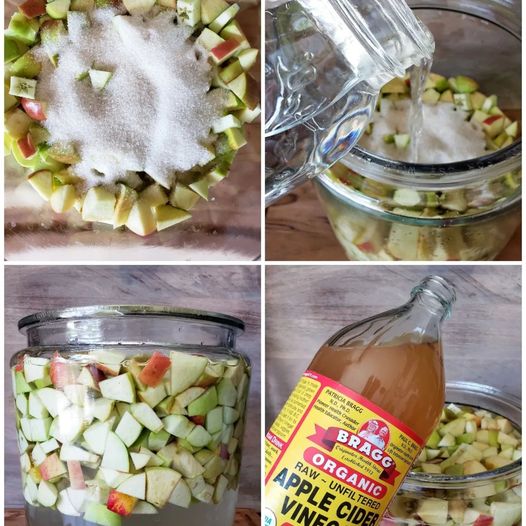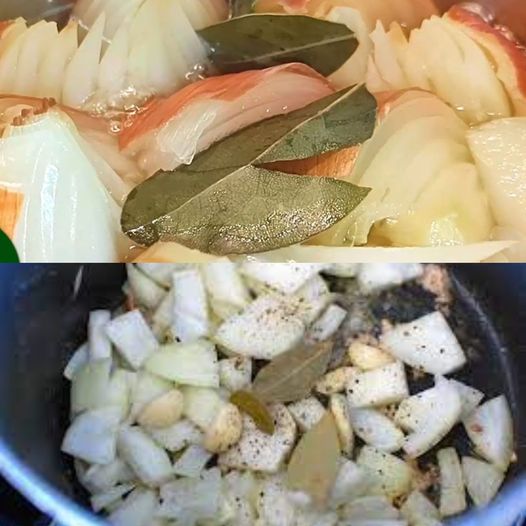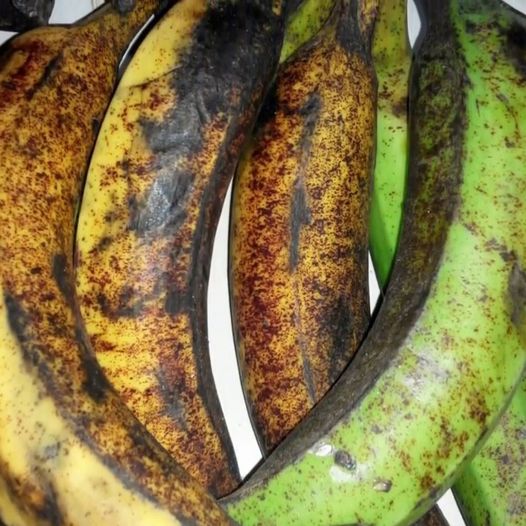Health And Natural Herbs
Apple cider vinegar recipe. How to make apple cider vinegar step by step

Homemade Apple Cider Vinegar Recipe
Making your own apple cider vinegar at home is a simple and rewarding process. Here’s a step-by-step guide to help you make it:
Ingredients:
- 5-6 large apples (organic is preferable)
- 1-2 tablespoons of sugar or honey
- Filtered water
Equipment:
- A large glass jar or fermentation vessel
- A cheesecloth or clean kitchen towel
- A rubber band
Instructions:
- Prepare the Apples:
- Wash the apples thoroughly. You can use the whole apple (cores, peels, and all) or just the scraps from another recipe.
- Chop the apples or scraps into small pieces.
- Mix Sugar and Water:
- Dissolve the sugar or honey in a small amount of warm filtered water. The sugar helps kick-start the fermentation process.
- Fill the Jar:
- Place the apple pieces in the glass jar, filling it about halfway.
- Pour the sugar-water mixture over the apples, then add more filtered water until the apples are fully submerged. Leave about an inch or two of space at the top of the jar to allow for expansion during fermentation.
- Cover and Ferment:
- Cover the jar with a cheesecloth or clean kitchen towel and secure it with a rubber band. This allows the mixture to breathe while keeping bugs and debris out.
- Place the jar in a warm, dark place (like a kitchen cupboard) and let it sit for about 3-4 weeks. Stir the mixture daily to prevent mold from forming and to help the fermentation process. You may see bubbles forming; this is a good sign that fermentation is happening.
- Strain and Continue Fermentation:
- After 3-4 weeks, strain out the apple solids and pour the liquid back into the jar. Discard the apple pieces or use them in compost.
- Cover the jar again with the cheesecloth and let the liquid sit in a warm, dark place for another 3-4 weeks. The vinegar will develop a more pungent smell and taste as it ferments further.
- Check and Store:
- Taste the vinegar after about 3 weeks to see if it has reached your desired level of tanginess. If not, let it ferment longer.
- Once the vinegar has reached your preferred taste, transfer it to a clean glass bottle with a tight-fitting lid. You can store the vinegar at room temperature or in the refrigerator.
Tips:
- You may notice a “mother” forming on the surface of the vinegar. This is a gelatinous blob of bacteria and yeast that is a natural byproduct of fermentation. It is harmless and can be used to start new batches of vinegar.
Enjoy your homemade apple cider vinegar! It can be used in salad dressings, marinades, or even as a natural cleaning agent.





